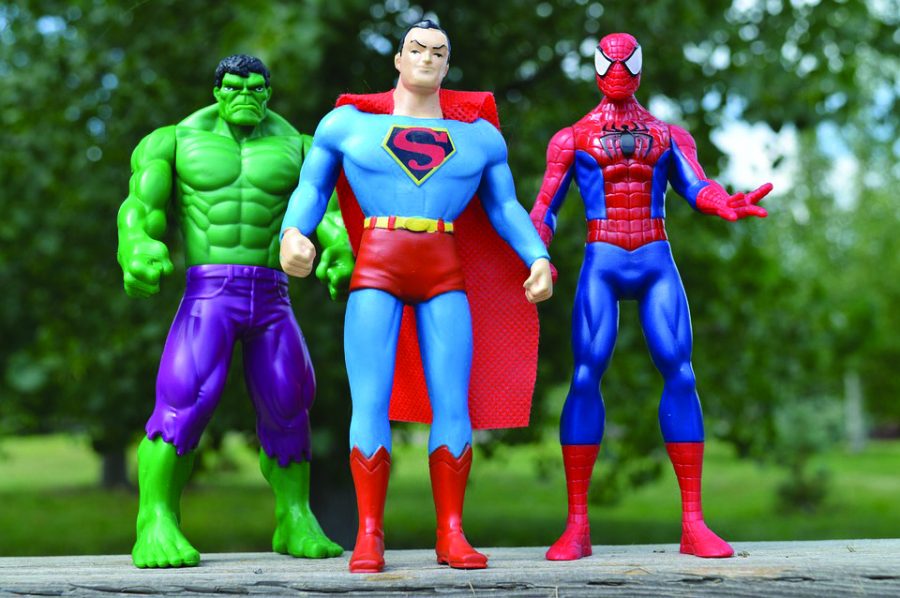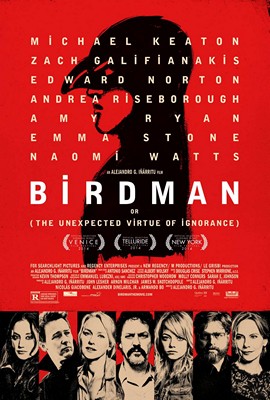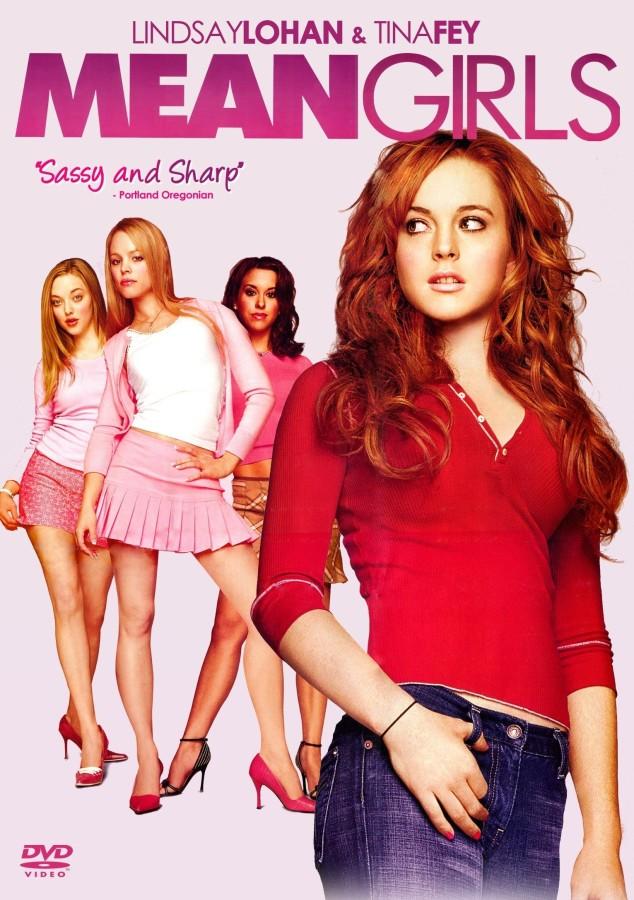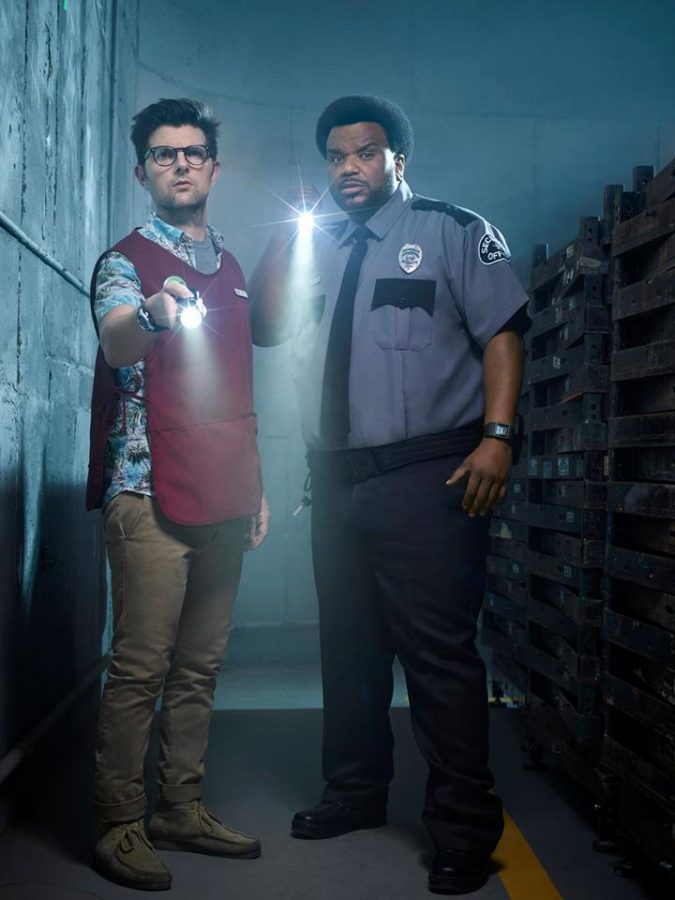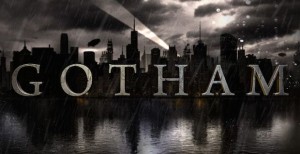
“Gotham,” one of the new fall shows airing this season on FOX, chronicles the journey of James Gordon (Ben McKenzie) from the fresh-off-the-military-jet Gotham Police Department detective to the vigilante-loving Commissioner we know he will become. The show wrapped up its third episode this past Monday which, although revealing the show to be more divisive than previously thought, also laid groundwork for extremely interesting storytelling going forward.
The feeling from many people commenting on the show the past few days has been to abandon ship before the show becomes a caricature rather than a serious drama. But in the world of comic-book-stories-turned-shows, the pull of the source material, comic book and other media alike is always looming over head. And with “Gotham,” which is pulling from an unfathomably large canon, some of the problems inherent in that have surfaced, possibly driving viewers away.
Characters like Harvey Bullock (Donal Logue), Gordon’s wisecracking and corrupt partner, seem more like archetypes than actually fully developed people. In the most recent episode, “The Balloonman,” the eponymous vigilante, who hoists corrupt city officials into the sky via weather balloons, gave the show a Tim Burton-Batman vibe, leaning dangerously close to the campiness that can plague superhero shows.
The Batman mythos has been done and redone so many times over the years that adding a new show to the mix, even one that is far enough away from Batman, is a daunting task. There will be comparisons, certainly. People may prefer Nolan’s Batman, or Burton’s, or even the 90’s cartoon “Batman: The Animated Series,” or they may simply be comic book purists. Regardless, “Gotham” needs to be aware of the previous iterations of Batman without relying too heavily on them. After all, the show is not about Batman, but Gordon, which is where the show’s real strength lies.
In the first three episodes, “Gotham” has done a lot of world building. Which seems odd due to the fact that so many viewers are probably at least passingly aware of Gotham and Gordon’s background. But the explanatory aspects of the show have more to do with setting up the state of Gotham at this time in its history, as a place unequivocally infested with crime lords and corrupt city officials.
Of course, we know this (to an extent) from Batman. The proliferation of crime in his city which leads to the death of his parents is what the Caped Crusader fights so hard against. And we see in “Gotham” the inkling of that interesting mixture of justice and revenge in young Master Wayne as he’s absorbed in the news coverage of the vigilante, The Balloonman.
But the show sets up a different path for itself in focusing on Gordon as the main character. Gordon is not a vigilante, in fact, he is the only one in the GPD who insists on bringing the Balloonman to justice. “Gotham,” unlike other stories who focus on Batman, concerns itself with the idea of working within the boundaries of the law, of right and wrong, rather than outside them.
Gordon, who is closer to Superman in his Boy-Scout-iness, comes into a police force that has as much internal dissent and corruption as the criminals they are supposedly trying to apprehend. Gordon (and the viewers) soon realizes that everyone from the mayor’s office to the cops to the people living on the street have to work within the “rules” of Gotham in order to survive and thrive. And these rules are set up by people like Carmine Falcone, Fish Mooney (Jada Pinkett Smith), Sal Meroni (Dexter alum, David Zayas).
But what’s interesting about the show is that “Gotham” draws from traditional Batman mythology and then repurposes it to apply to someone who is not a rich vigilante, but just a normal cop. Because of that, we have a story about what it means to actually be within a corrupt system and also be trying to change it. Unlike Batman, who forces his way outside the system and becomes a symbol rather than a real person, Gordon has to play within Gotham’s “rules”, breaking them when he can, but never crossing the line completely. That story, one that we are all apart of in our own lives (as we are not likely to dress in black capes and go off the grid anytime soon), is what makes Gotham such a unique take on the Batman mythos. The show stays within the familiar Batman boundaries of the desire to “save” Gotham, but instead of putting it in the hands of arguably the most unattainable superhero, it’s put in the hands of someone who is right smack in the middle of the corruption and yet not tempted by it.
Gordon’s nobleness may seem trite to some viewers, but his clear morals are a stark contrast to the abundance of selfish, corrupt characters, a contrast that is desperately needed. For 80 years comic books have made it clear to their readers who is the bad guy and who is the superhero. And in a TV landscape that is rife with anti-heroes and villains with ambiguous morals, it is nice to see a show whose main character is just as concerned with integrity and the ability to do what’s right as we all should be.
The Gotham in the show is clearly not ready for a vigilante quite yet. But Gordon’s journey from someone hell-bent on bringing the Balloonman to justice, to someone who will eventually work in tandem with the most infamous vigilante of them all, is one that adds a new, complex layer to the Batman-universe. Whether the change occurs because Gordon has been beaten down by Gotham or because he recognizes the willingness in the city for a new, hybrid form of justice, remains to be seen. Hopefully it will be the latter, but it will be exciting to watch the evolution of Gordon and Gotham regardless.


